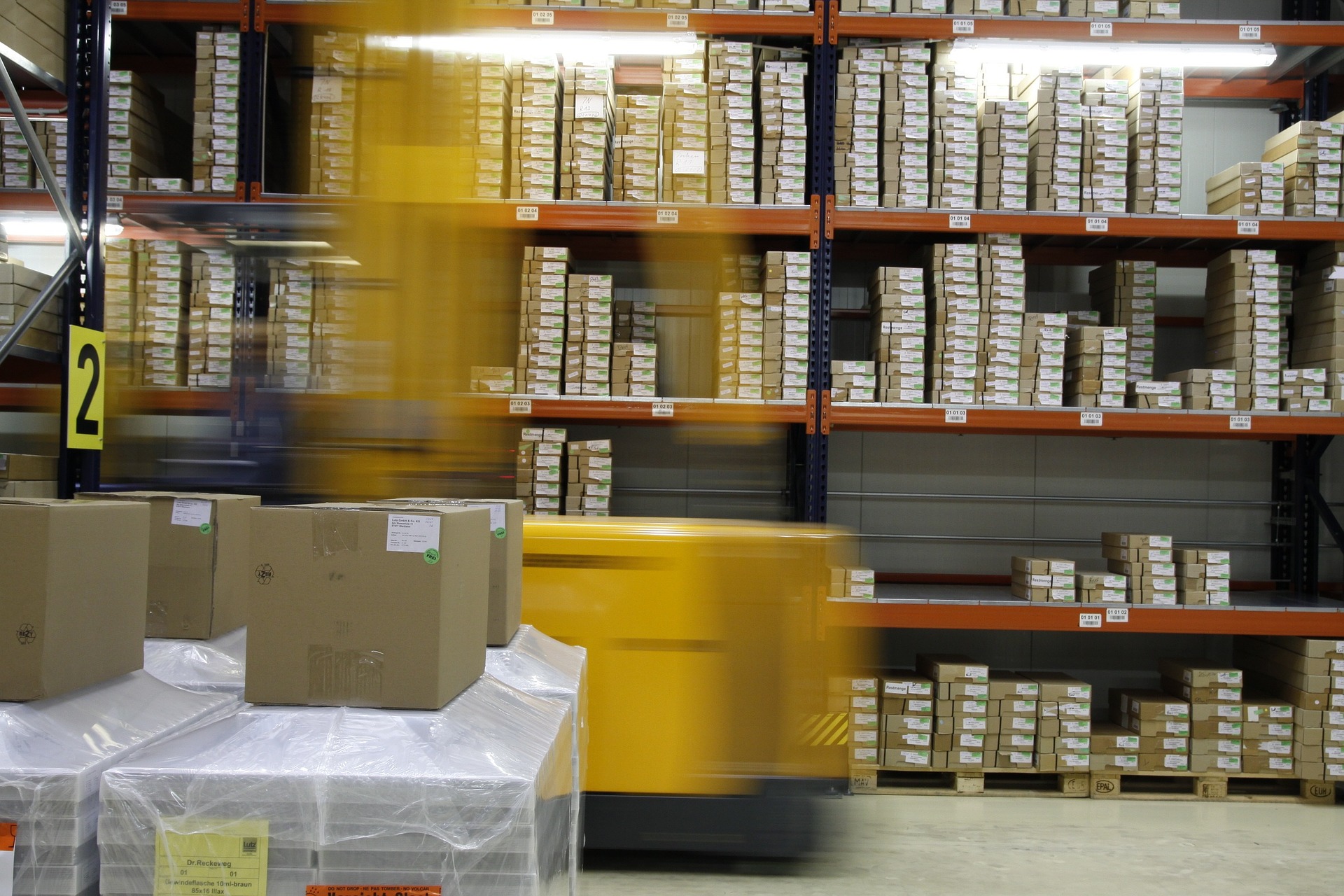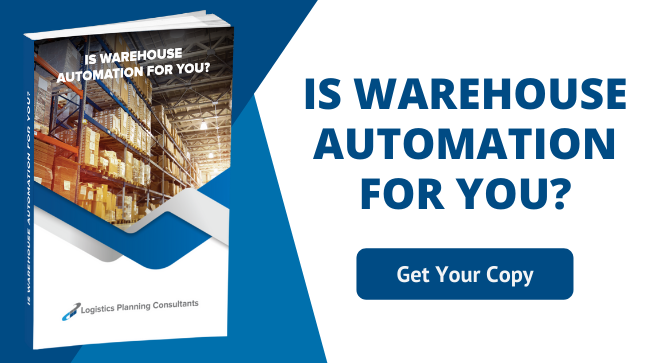
Warehouse automation is the process of augmenting or replacing human labour and streamlining repetitive warehouse processes via the use of software technology and equipment. Robotics and software can automate many time-intensive procedures, such as identifying pick locations, allowing workers to focus on more complicated tasks.

Warehouse automation can take many different forms, varying from multi-million pound conveyor systems, Automate Storage and Retrieval Systems (ASRS) and augmented reality handheld scanners to accessible off-the-shelf WMS software. The technologies involved help manage inventory, distribute goods, reduce the requirement for labour and speed up warehouse processes.
Here are some of the reasons why warehouse automation is a beneficial move:
1) Boosts Productivity
Warehouse automation improves efficiency by streamlining your operations, cutting the ‘grey time’ spent manually completing admin, for instance, or physically walking from one location to another in a large warehouse. This increases the proportion of each shift spent as productive time. Worker satisfaction also rises as mundane and repetitive jobs are eliminated, and employees do their duties more effectively.
2) Improves Accuracy
Most picking and dispatch errors arise from human error when using manual warehouse systems – the most common being live orders incorrectly marked as completed, products sent to the wrong address, or duplicate items dispatched. None of these occurrences make a good impression on customers. Warehouse automation improves accuracy by ensuring that orders are correct and cross-checked against dispatch notes, reducing picking and packing mistakes, and preventing orders from getting lost ‘between the cracks’.
3) Labour Management
Warehouse automation helps save time by cutting down the number and length of onsite journeys, which can be extremely time consuming in a large distribution centre. Some good to man picking and conveying systems physically reduce the need for employees to tramp about site, while internal route planning software can maximise the productive value of each trip, ensuring no journeys are wasted. A good WMS can also help you plan your warehouse more effectively, so that heavier and more commonly accessed items are positioned, for instance, closer to the dispatch area.
4) Enhanced Sustainability
Wasteful practices have an environmental as well as an economic cost. Predictive analytics and other intelligent warehouse management systems can help you effectively manage your warehouse resources, optimise space, and incorporate green practices, to reduce fuel and energy consumption.
5) New Opportunities
Automated warehouses have the potential capability of running machinery and robots 24 hours a day, seven days a week, increasing your flexibility and control over your shift patterns. It may be possible, for example, to reduce the number of people working on quieter shifts and increase your throughput at busier times.
6) Improved Safety
A typical warehouse environment includes a variety of hazards. With automation, machines can conduct or supplement risky tasks – such as heavy lifting or retrieving objects from height, keeping employees safe. Furthermore, automation technologies can reduce congestion along busy walkways by managing the flow of foot and vehicle traffic, reducing the risk of collisions and spillages.
7) Cost Cutting
While investing in automation technologies can be costly at first, it pays off in the long run, so it’s sensible to look at the ROI for different options and compare the lifetime cost of ownership for various automation systems with the cost of not adopting automation. Even so, despite the long-term benefits, full warehouse automation can be prohibitively expensive for any but the largest businesses – easily costing £5-£8 million or more – and most businesses don’t require Amazon-style systems to reap significant financial benefits. Partially automating key systems and processes that you have identified would benefit from improvement is often enough to future proof your warehouse, or even just to allow it to operate in a resource challenged location.
The Right Investment Decisions For Your Business
If you’re looking at ways to increase warehouse productivity and are considering full or partial automation, get in touch with LPC today. Our consultants can help you compare options and suggest the best and most effective automation solutions for your business model and budget, with the best long-term ROI. To find out more, please give us a call.
Image Source: Pixabay


